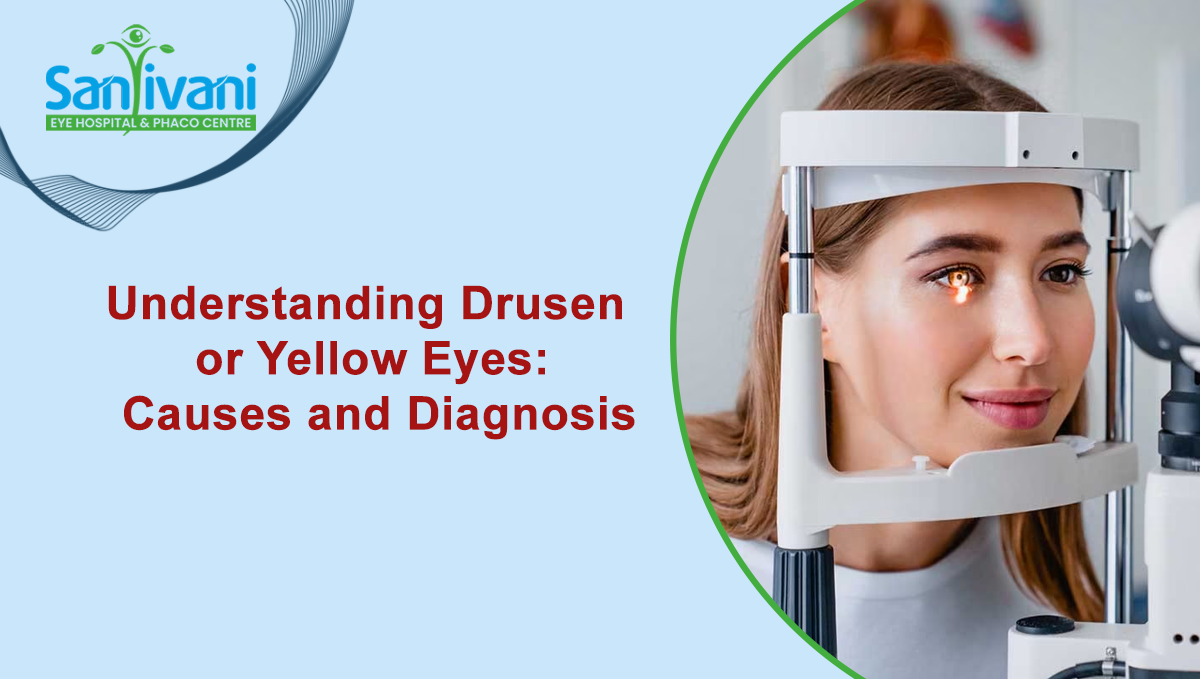
Cataracts: Types, Causes, and Prevention Tips
Introduction
Cataracts, known as "Motiyabind" in Hindi, are a common eye condition that affects millions of people worldwide. In this article, we will explore the types of cataracts, their causes, and tips for prevention.
Types of Cataracts: :
- Nuclear Cataracts :1.This type of cataract forms in the central nucleus (center) of the eye's lens and is often associated with aging. Nuclear cataracts can cause a gradual decline in vision clarity and may result in nearsightedness or changes in color perception.
- Cortical Cataracts :Cortical cataracts develop in the lens cortex (outer layer) and appear as wedge-shaped opacities that extend from the outer edge of the lens towards the center. Symptoms may include glare, halos around lights, and difficulty with contrast sensitivity.
- Subcapsular Cataracts :3.Subcapsular cataracts form at the back of the lens, just beneath the lens capsule. This type of cataract tends to progress rapidly and may cause glare, especially in bright light. Subcapsular cataracts are commonly associated with conditions such as diabetes, steroid use, and advanced age.
Causes of Cataracts :
- Aging : The natural aging process is the most common cause of cataracts. Over time, the proteins in the eye's lens may clump together, leading to clouding and opacity.
- UV Radiation :Prolonged exposure to ultraviolet (UV) radiation from sunlight increases the risk of developing cataracts. Wearing sunglasses with UV protection and wide-brimmed hats can help reduce UV exposure and lower the risk of cataract formation.
- Smoking :Smoking is a significant risk factor for cataracts and can accelerate the progression of lens clouding. Quitting smoking can help reduce the risk of developing cataracts and improve overall eye health.
- Medical Conditions :Certain medical conditions, such as diabetes, hypertension, obesity, and eye inflammation, can increase the likelihood of developing cataracts. Managing these conditions through proper medical care and lifestyle changes may help reduce the risk of cataract formation.
- Eye Trauma or Injury :Trauma or injury to the eye can damage the lens and increase the risk of cataracts. Protecting the eyes from injury by wearing safety goggles during sports or work-related activities can help prevent cataracts.
Prevention Tips for Cataracts :
- Protect Your Eyes from UV Radiation :Wear sunglasses with UV protection and a wide-brimmed hat when outdoors, especially during peak sunlight hours, to reduce UV exposure and lower the risk of cataracts.
- Quit Smoking :If you smoke, quitting smoking can significantly reduce your risk of developing cataracts and other eye diseases. Seek support from healthcare professionals or smoking cessation programs to help you quit successfully.
- Eat a Healthy Diet : Consuming a balanced diet rich in fruits, vegetables, whole grains, and lean proteins can provide essential nutrients and antioxidants that support eye health and may help prevent cataracts.
- Manage Medical Conditions : Properly manage underlying medical conditions such as diabetes, hypertension, and obesity through regular medical check-ups, medication adherence, and lifestyle modifications to reduce the risk of cataracts and other complications.
- Regular Eye Exams :5. Schedule routine eye examinations with an eye care professional to monitor eye health, detect early signs of cataracts, and receive timely treatment if necessary.
Conclusion
Cataracts, or "Motiyabind," are a common eye condition characterized by clouding of the eye's lens, leading to vision impairment. Understanding the types and causes of cataracts is essential for prevention and early detection. By adopting healthy lifestyle habits, protecting the eyes from UV radiation, and seeking regular eye care, individuals can reduce their risk of developing cataracts and maintain optimal eye health for years to come.